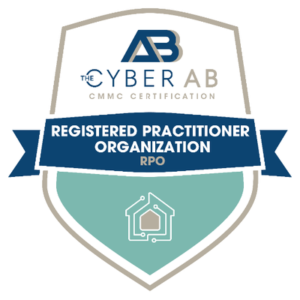Intellectual property (IP) is one of the most valuable assets in today’s digital economy. As companies increasingly shift their operations online, the risk of cyberattacks targeting IP grows. Effective cybersecurity measures are essential to prevent theft, unauthorized access and exploitation of these valuable assets.
A Growing Threat to Intellectual Property
Malicious actors steal or exploit IP for financial gain, competitive advantage or even state-sponsored espionage, whether it is confidential research, product designs or patented technologies. According to the FBI, IP theft costs the U.S. economy $225 billion to $600 billion annually.
IP threats come from various sources, including cybercriminals, rival companies and nation-state actors. Especially concerning are advanced persistent threats (APTs) – long-term, highly sophisticated attacks, often by nation-states, designed to steal specific information. APTs penetrate networks slowly and methodically, frequently going undetected while they collect high-value IP. To protect themselves from these dangers, businesses must adopt comprehensive cybersecurity strategies.
Cybersecurity: How It Can Protect IP
Data encryption: Encrypting data is one of the most effective ways to protect IP. Encryption converts sensitive information into a code that cannot be decrypted without a key. Even if hackers intercept encrypted data, they cannot access it without the decryption key. In this way, confidential documents, designs and research are protected during transmission or storage.
Access control and MFA: Another critical step in cybersecurity is limiting access to IP. Using role-based access control (RBAC) and multi-factor authentication (MFA), companies can restrict who can view and edit IP. Ensuring that only authorized personnel have access to sensitive IP reduces the risk of insider threats and unauthorized external access.
Threat detection and response: It is not enough to defend against IP threats; effective cybersecurity involves detecting them in real time. By detecting potential breaches early, companies can respond swiftly and contain any damage before intellectual property is compromised. Advanced threat detection systems often use artificial intelligence and machine learning to constantly monitor network traffic for suspicious activity.
Employee training: Security breaches are often caused by human error. Phishing attacks are particularly effective at tricking employees into revealing confidential information, such as IP. Regular cybersecurity training can help employees recognize threats, avoid common pitfalls and protect intellectual property.
Prioritizing Cybersecurity
Intellectual property remains a key target for cybercriminals in today’s digital landscape. Companies prioritizing cybersecurity will be better equipped to protect their valuable intellectual property. As the world becomes increasingly connected, companies can safeguard their IP, maintain their competitive edge and secure long-term success by implementing these cybersecurity strategies.
Looking to safeguard your organization’s IP? MBL Technologies can help. We offer a wide array of cybersecurity services and tools to help you identify weaknesses and implement cost-effective, targeted solutions. Contact us today to get started.




